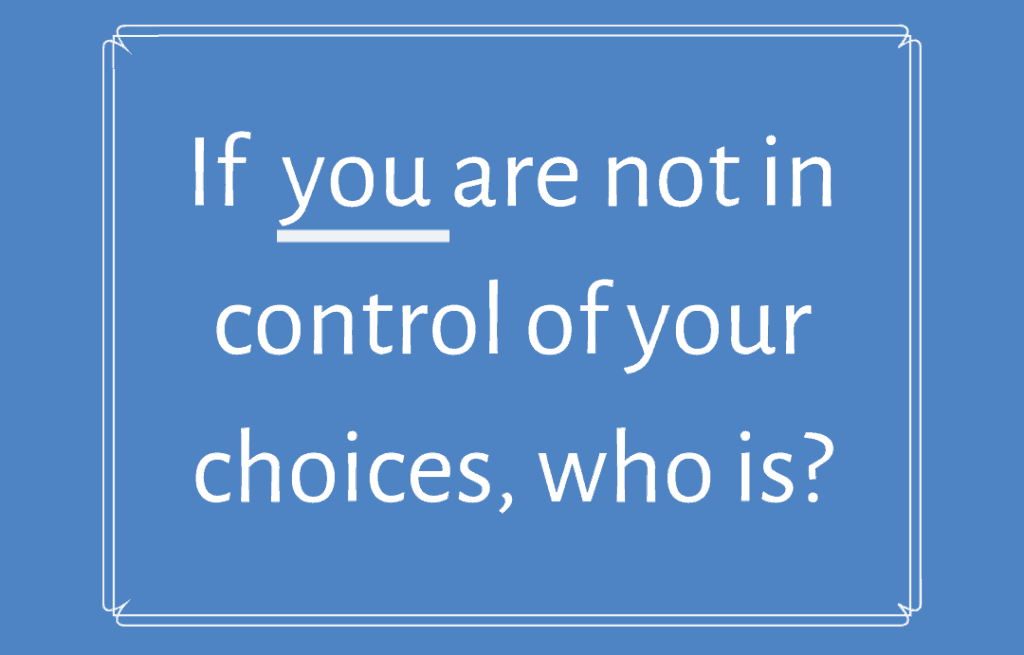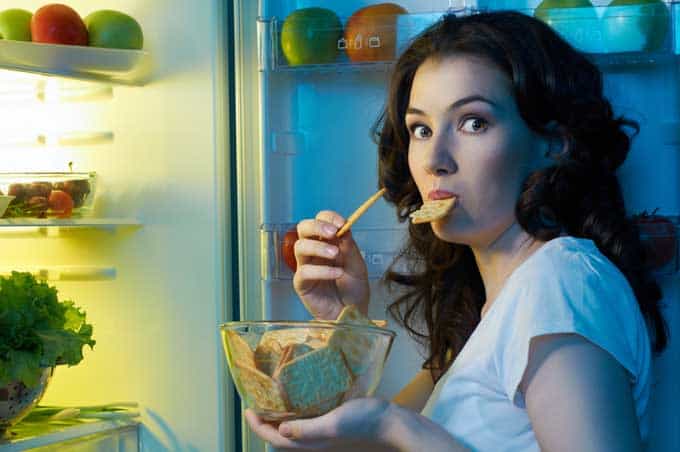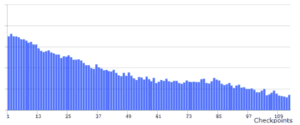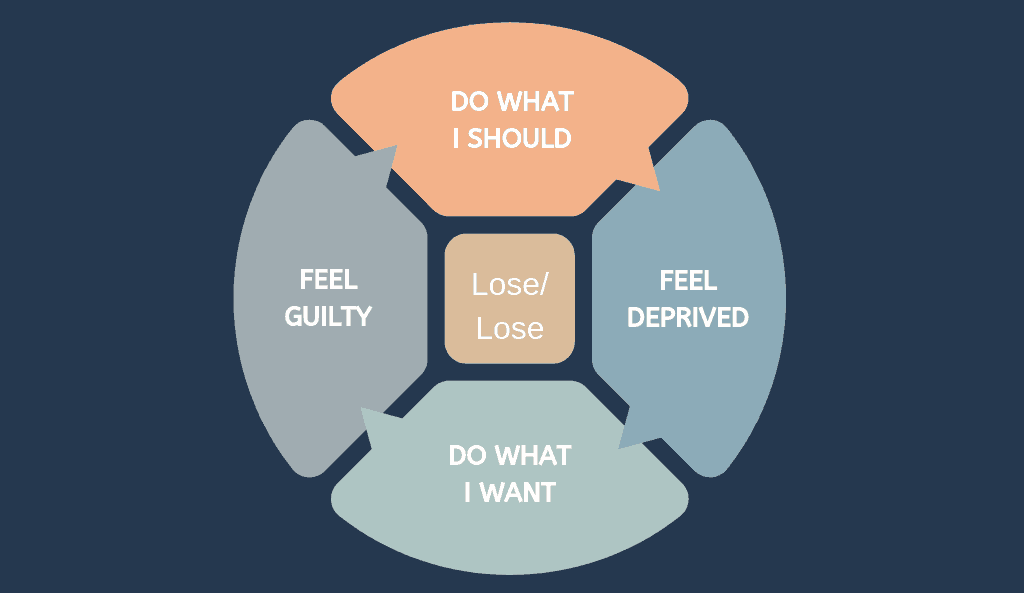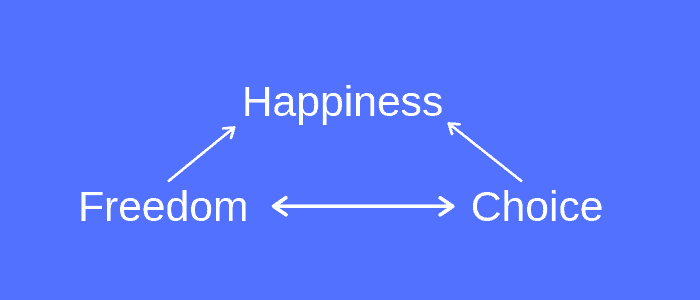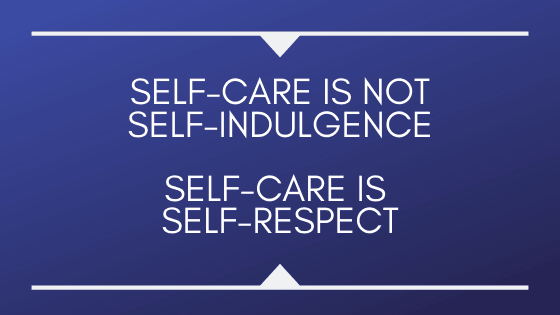
Researchers writing about mindful eating in Frontiers in Psychology interviewed a number of overweight people about their attitudes towards self-care and self-kindness. The results were fascinating.
The subjects were very uncomfortable talking about ways that they were kind to themselves. They seemed to equate self-kindness with self-indulgence, which they saw as a negative trait.
They were a bit more comfortable with the term “self-care” but here again, there was an interesting divide.
They talked about things like getting out in nature or taking a bath or setting aside time to read or visit with a friend. As long as it didn’t involve food, they were comfortable identifying these activities as self-care.
But they were unwilling to see choosing healthy foods or exercising as a way of exercising self-care. They saw these things as something they “should” be doing. Therefore, doing them didn’t count as self-care or something they were doing to be kind to themselves.
Isn’t that interesting?
If we can come to see making healthy food and movement choices as a way of showing ourselves kindness, instead of a duty that we may or may not be fulfilling, maybe the notion of self-kindness wouldn’t feel so self-indulgent and dangerous.


